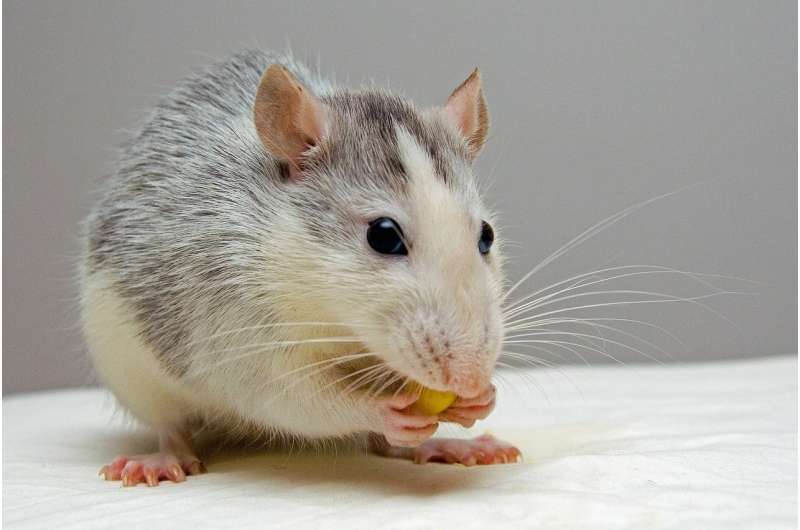Secret lives of rats: Studying the ecology of urban ship rats

"Rats are a particularly damaging invasive species in New Zealand," Henry says. "Understanding them better, including how they move through an urban environment and what their habitat preferences are, will give insight into how to more effectively eradicate them and protect native flora and fauna, especially as there's currently very little known about the ecology of urban ship rats."
Henry and his supervisor, Associate Professor Stephen Hartley from the School of Biological Sciences, along with vet Craig Pritchard from Wellington Zoo, have spent the last three months trapping rats in the suburbs of Brooklyn, Roseneath, and Kelburn.
"We've been safely trapping a number of rats in these areas and attaching radio tracking collars to the rats," Henry says. "While attaching the collar we also record data like sex, body and tail length, species, and weight. We then release the rat at the site where they were trapped, and I then go out at different times during the day and night and attempt to triangulate their location using a directional antenna."
It's still early days in the study, Henry says, but so far they've seen some interesting results.
"We've noticed that the ship rats we're tracking are using multiple nesting sites," Henry says. "Most movements have been within 20-30 meters, although we have seen one home range of at least 80 meters across. We've also noticed that most rats have overlapping home ranges."
The record Henry has created of this rat behavior will be useful for predator management strategies—understanding how and where rats move, as well as identifying areas where rats are concentrating and the differences between ship rats and Norway rats, will all help create more effective methods of predator eradication to protect native flora and fauna. Henry's project is building on a nationwide study called "People, Cities, and Nature," which is carrying out research to assist with ecological urban restoration.
"Predator Free Wellington are currently in the process of eradicating all rats, weasels and stoats from the Miramar Peninsula," Henry says. "If this is successful, they plan to roll their strategy out over the rest of Wellington. The information I'm collecting will help Predator Free Wellington and organizations in other cities fine-tune their methods, especially when it comes to distributing rat traps and bait stations."
The next step for Henry's study is more data collection.
"We still have seven radio collars left to put out into the field, and we've just received some funding from Predator Free 2050 Ltd to conduct a pilot study using GPS collars," Henry says. "The GPS collars can give us a detailed log of almost continuous data on rat movement, which will make our conclusions much more accurate. We're hoping to start this part of the study in late 2019 or early 2020."
Provided by Victoria University of Wellington


















